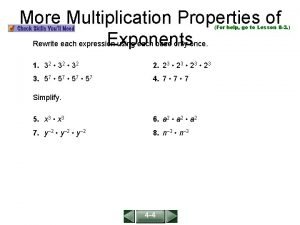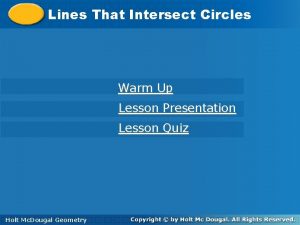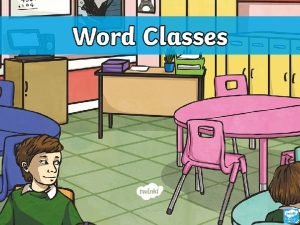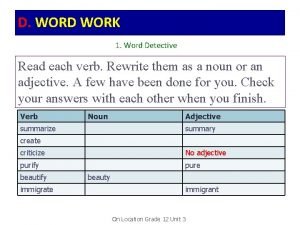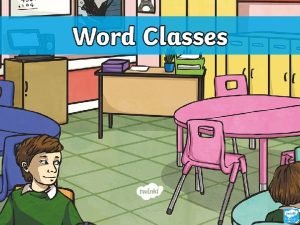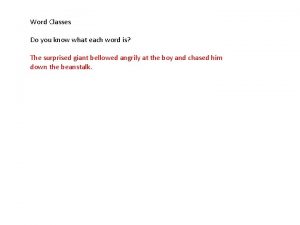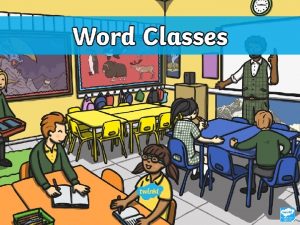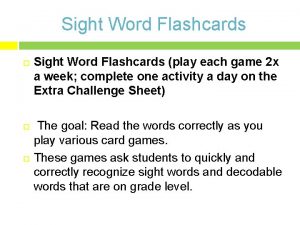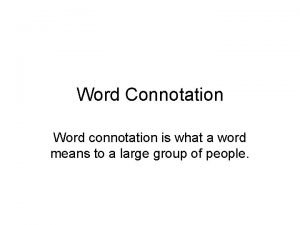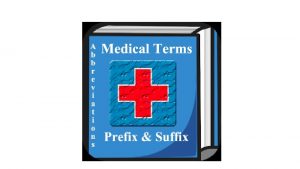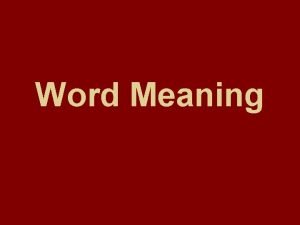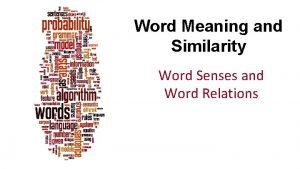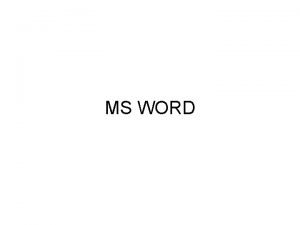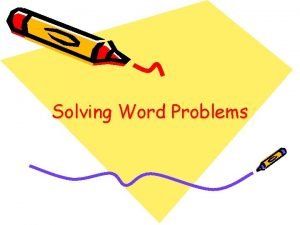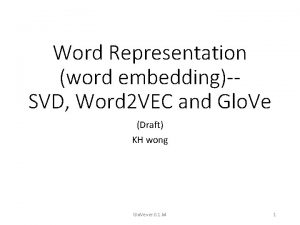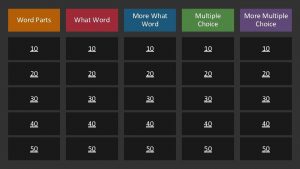Welcome to Word of the Day Each day
























- Slides: 24

Welcome to Word of the Day! • Each day you’ll be introduced to a challenging word that gets used fairly often in adult-level (and even young adult-level) texts. • Your job is to use the Word of the Day section of your binders to record the date, the word, its definition, sentence, and at least one connection.

What’s a Connection? • Once you learn the meaning of a new word, there are several things you can do to help store it in your long term memory:

What do you think you should do if you’re absent?

Did I mention that there’s extra credit? • Keep your eye out for these words as you read your outside reading books. Use a post-it note, make a list, or use some other system to make note of them. • Record the complete sentence (with MLA format page number). You will earn one point for each Wo. D word. • You can earn up to 10 extra credit points for your grade each semester.

archetype (n) ahr-ki-tahyp 1. A character, symbol, story pattern, or other element that is common to human experience across cultures & that occurs frequently in literature, myth, & folklore. It is difficult to establish any archetype for our failure from the past two years.

imagery (n) im-ij-ree 1. The formation of mental images, figures, or likenesses of things; figurative description or illustration He said what he felt and said it with original imagery which anyone could understand.

setting (n. ) set-ing 1. The time, place, and environment of a story The opera’s setting was more than mere background, it was an integral part of the story.

Point of view (n) point uhv vyoo 1. The position of the narrator in relation to the story, as indicated by the narrator’s outlook from which the events are depicted and by the attitude toward the characters. His point of view was unique from the normal fairy tale.

conflict (n. ) kon-flikt 1. A fight, battle, or struggle, especially a prolonged struggle. 2. Controversy; quarrel The results are surprisingly pleasing, given the potential for conflict among so many diverse students.

mood (n) mood 1. A state or quality of feeling at a particular time; a distinctive emotional quality or character. Those are always my favorites, but depending on my mood I could play anything.

protagonist (n. ) proh-tag-uh-nist 1. The leading character, hero, or heroine of a drama or other literary work; a proponent for or advocate of a political cause, social program, etc In the final scene, the protagonist prepares to fight the villain.

Word of the Day (WOD) Activity #1: Write a brief scene of dialogue, in which a boy (or girl) is trying to ask out a girl (or boy). Use at least three (3) of the words of the day. Bill: Hey there. I’m a rock star, did you know that? Jill: I doubt the veracity of that statement.

Word of the Day Activity (WOD) • Write a brief letter to a friend that uses EIGHT words of the day.

WOD Activity • Write a dialogue between 2 -4 people • Use at least 6 words of the day • Setting is the mall on a Friday night.

Plot (n) plot 1. The sequence of related events that make up a story. 5 main elements of plot: exposition, rising action, climax, falling action, and resolution. And lastly, the plot of the movie doesn’t make sense!

pacing (adj. ) peys-ing 1. The narrative technique that refers to the amount of time a writer gives to describing each event & the amount of time a writer takes to develop each stage in the plot. The pacing of the movie was slow & ponderous, verging on boring.

epic (adj) ep-ik 1. A long narrative about the deeds of heroes or gods. 2. Resembling or suggesting such poetry. There is an epic quality to this game, a collision of two historic rivals.

tone (n) tohn 1. A writer’s or speaker’s attitude toward a subject The poet’s tone was both lyrical and attacking, a wonderful fusion of beauty and menace!

diction (n) dik-shuh-n 1. A writer’s choice or speaker’s choice of words 2. A style of speaking or writing dependent upon choice of words Winchester reads rapidly, but his diction is so precise that no meaning is lost.

denotation (n) dee-noh-tey-shuh-n 1. The direct meaning of a word or expression, as distinguished from the ideas or meanings associated with it or suggested by it. When we say “free market” we don’t mean the denotation of “doesn’t cost anything” for that free part.

connotation (n) kon-uh-tey-shuh-n 1. The implied association, the meanings, or emotions associated with a word. The word null doesn’t carry the connotation of failure that the word negative does.

nuance (n) noo-ahns 1. A subtle difference or distinction in meaning. One day a misunderstood writer encounters someone who appreciates every nuance of what he writes.

allegory (adj. ) al – uh – gawr-ee 1. Figurative treatment of one subject under the guise of another; a symbolical narrative One part intriguing allegory to nine parts gore, zombie films are hard to hate.

coherence (adj. ) koh-heer-uh-ns 1. Logical interconnection; overall sense or understandability Other things can be taught, so that the students can write with ease and coherence.
 Day 1 day 2 day 3 day 4
Day 1 day 2 day 3 day 4 Day 1 day 2 day 817
Day 1 day 2 day 817 Welcome welcome this is our christmas story
Welcome welcome this is our christmas story Rewrite each expression using each base only once
Rewrite each expression using each base only once Identify each line or segment that intersects each circle
Identify each line or segment that intersects each circle Hát kết hợp bộ gõ cơ thể
Hát kết hợp bộ gõ cơ thể Lp html
Lp html Bổ thể
Bổ thể Tỉ lệ cơ thể trẻ em
Tỉ lệ cơ thể trẻ em Gấu đi như thế nào
Gấu đi như thế nào Thang điểm glasgow
Thang điểm glasgow Alleluia hat len nguoi oi
Alleluia hat len nguoi oi Môn thể thao bắt đầu bằng chữ f
Môn thể thao bắt đầu bằng chữ f Thế nào là hệ số cao nhất
Thế nào là hệ số cao nhất Các châu lục và đại dương trên thế giới
Các châu lục và đại dương trên thế giới Công thức tính thế năng
Công thức tính thế năng Trời xanh đây là của chúng ta thể thơ
Trời xanh đây là của chúng ta thể thơ Mật thư tọa độ 5x5
Mật thư tọa độ 5x5 101012 bằng
101012 bằng Phản ứng thế ankan
Phản ứng thế ankan Các châu lục và đại dương trên thế giới
Các châu lục và đại dương trên thế giới Thơ thất ngôn tứ tuyệt đường luật
Thơ thất ngôn tứ tuyệt đường luật Quá trình desamine hóa có thể tạo ra
Quá trình desamine hóa có thể tạo ra Một số thể thơ truyền thống
Một số thể thơ truyền thống Bàn tay mà dây bẩn
Bàn tay mà dây bẩn



